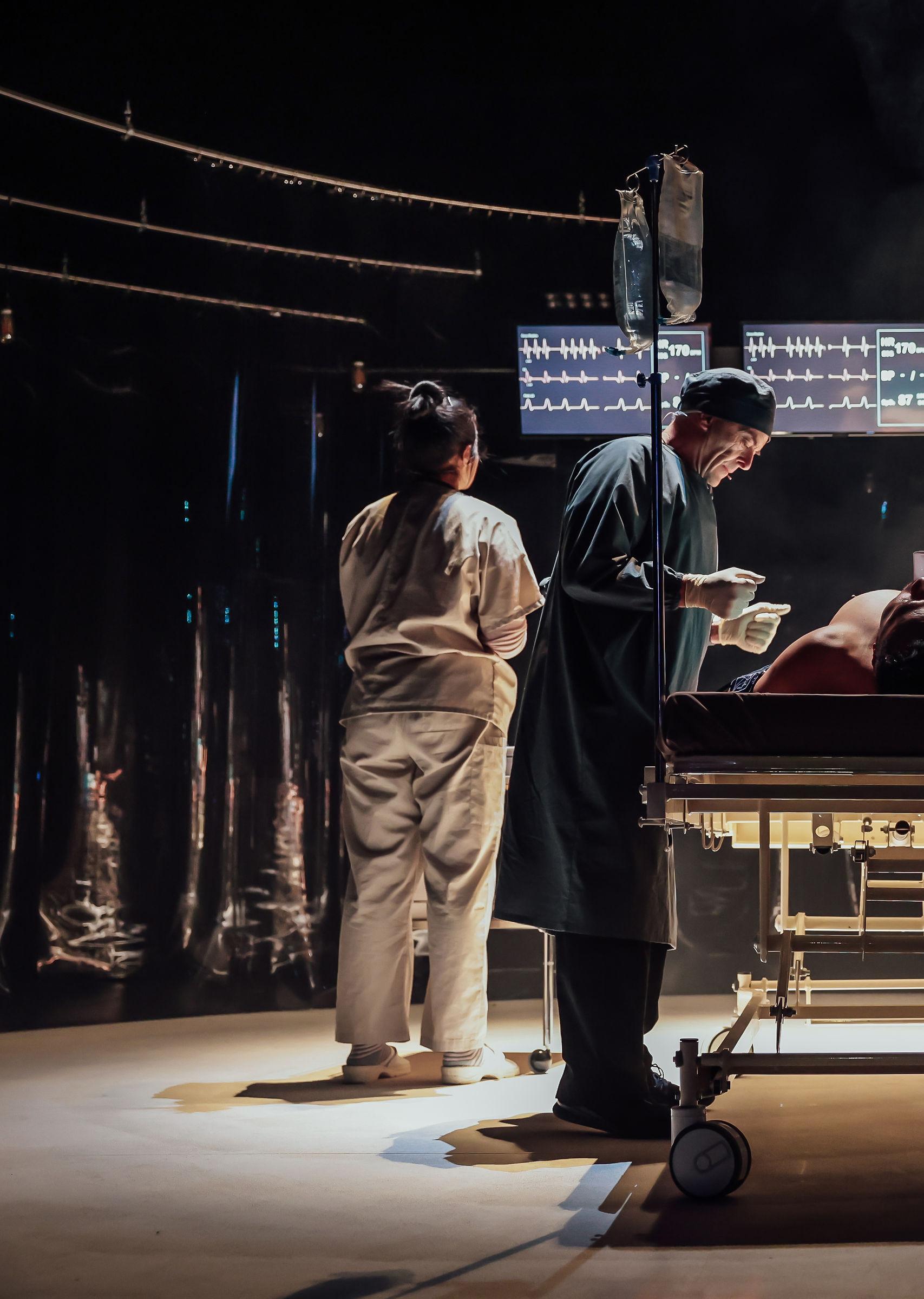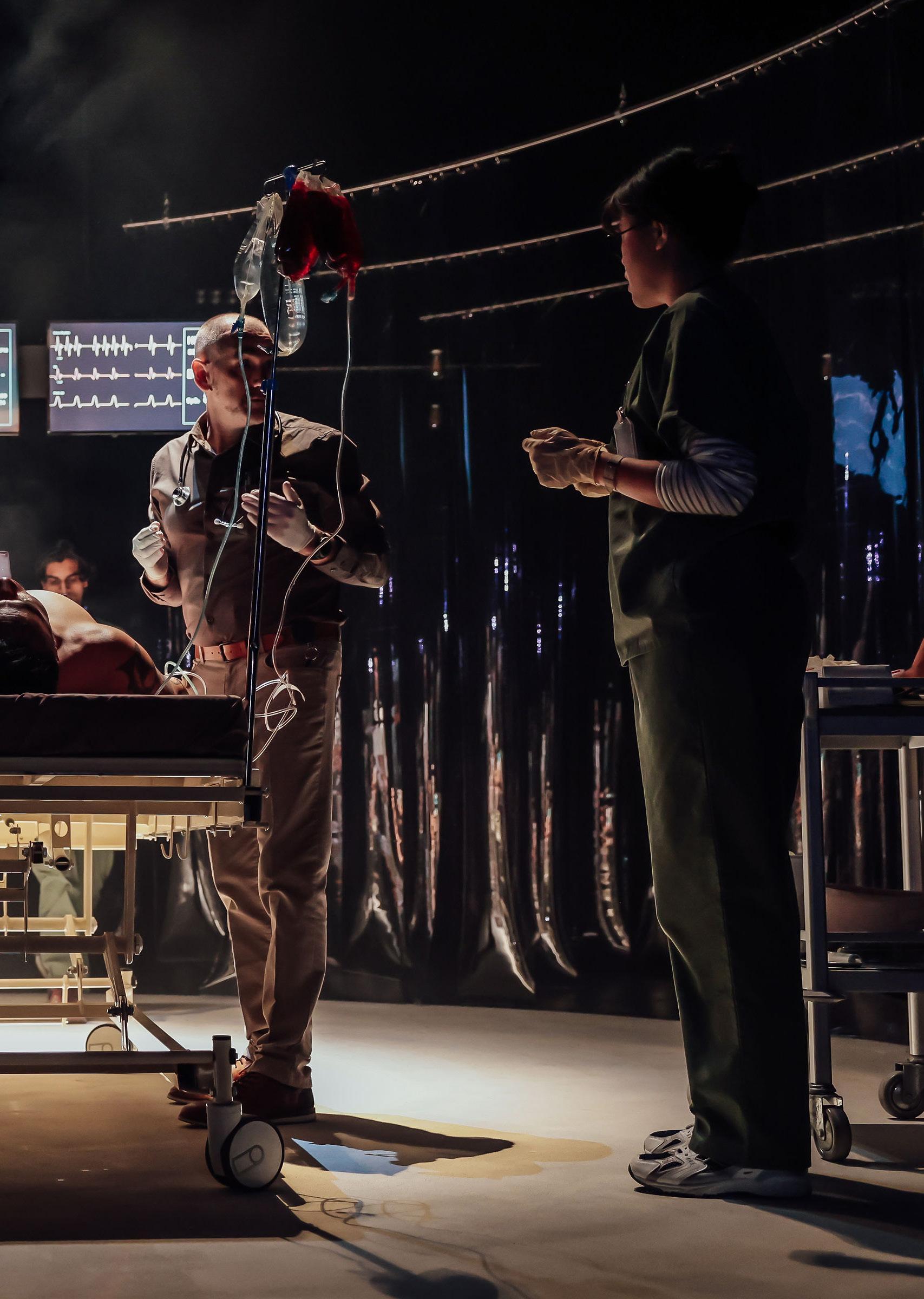
1 minute read
Exploring Design Choices
Sketching And Annotation
Sketching and annotation are an important part of your exam responses, often they can add information or allow you to expand on your ideas in your written answers. Use the following prompts to create a bank of detailed sketches and annotations:
Prompts:
• A moment where the set was used by the actors to create impact. What other technologies were at play?
• A moment where technology was used to create mood or atmosphere.
• A moment where a character was isolated. How did the use of technology impact this moment?
• A moment where use of technology revealed new information.
• A moment where the ensemble was on stage. What impact did the technology have on the tension of the scene?
Telling Stories Through Design
When we are thinking about the design or technological elements of a show, we need to explore how this supports the story being told, heightens atmosphere and tension or creates mood. Things That Matter tells a family story and is also based in a busy hospital, therefore, the design and set need to be multifunctional and play an integral part in communicating the narrative.
Make notes about the following design/technology choices, using the questions as prompts to think further. Focus on the way the technology helped tell the story of Things That Matter. You could do this in pairs or small groups:
Set: What did it look like? What material was it made out of? What did it represent? What function or purpose did it play in telling the story? How did it create intimate family settings and the landscape of the hospital?
Lighting: Describe in detail lighting effects that highlighted important moments in the story. How did lighting build mood, tension or create atmosphere? How did lighting interact with the set? How did it create different environments?
Sound: Describe how sound impacted the way the story was told. Choose moments from the performance where sound drove the narrative forward or highlighted an important idea or character. How did lighting and sound interact to create mood, tension or atmosphere.
Costume: Describe the materials and colours used for each character's costumes. What place and time did the costumes point to? What did the costumes tell you about the character, their history, their function within the performance and their connection to one another?
Props: Describe the props used within the performance. How were they connected to the story the play was telling? Did certain characters use specific props to support their function within the play.









